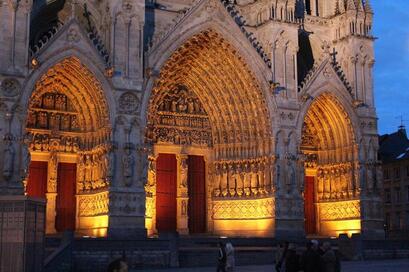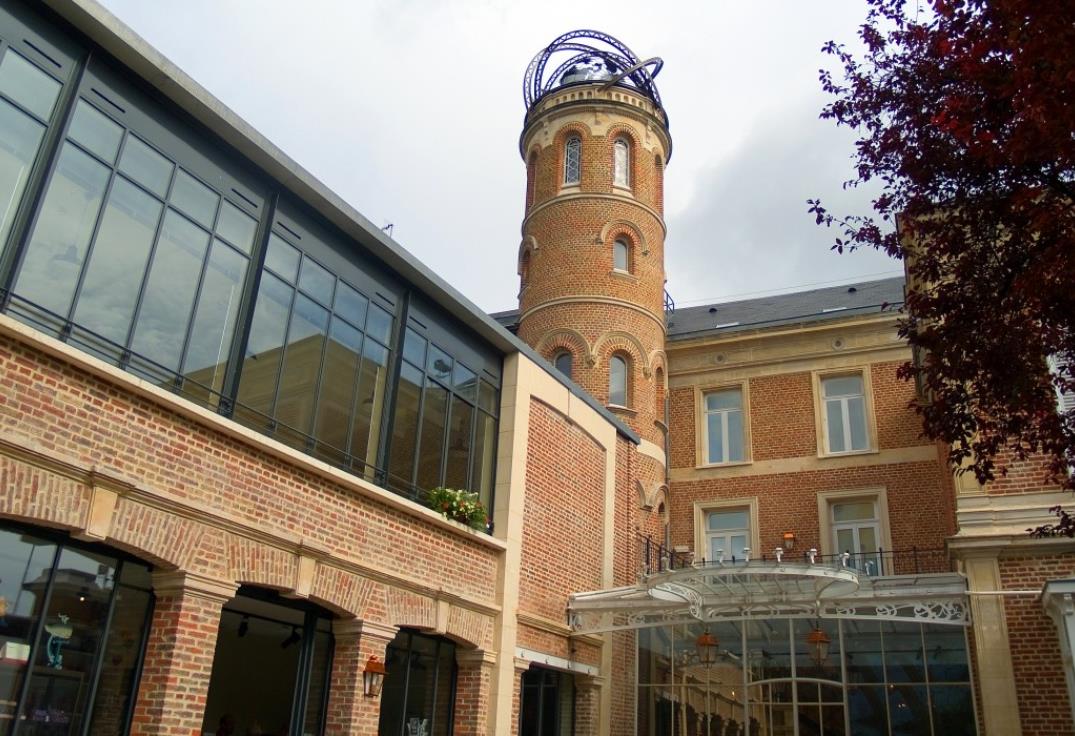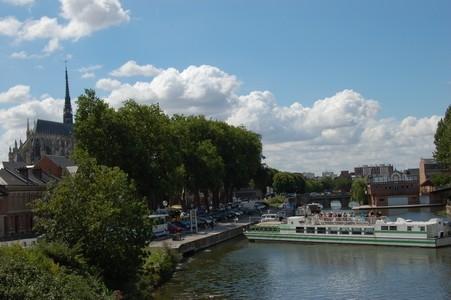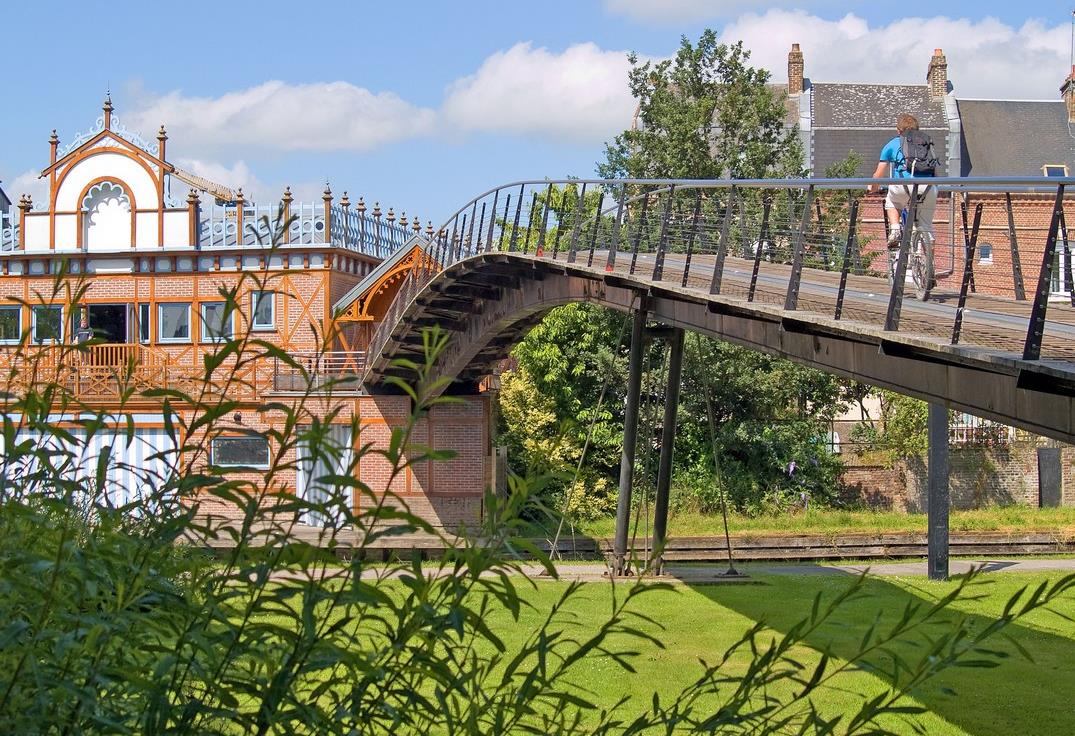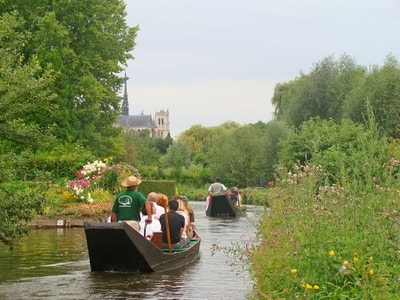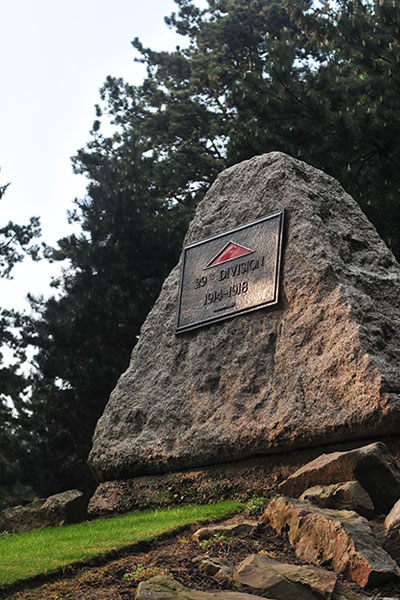Cathedralit is the largest in France by its interior volumes (200,000 m3). Along with the cathedrals of Chartres, Reims, Bourges and Beauvais (although the nave of the latter was never built), it is considered the archetype of the classical Gothic style, also including elements from the following phases of the Gothic style, radiant Gothic (in particular the chevet) and Flamboyant Gothic (in particular the large rose window on the western facade, the north tower and the stalls).
|
Its overall length is 145 meters and its vault height of 42.30 meters (close to the maximum bearable for this architecture).
In addition to this, you need to know more about it.
A historical monument in France since 1862, it has been a UNESCO World Heritage Site since 19812.
In addition to this, you need to know more about it.
A historical monument in France since 1862, it has been a UNESCO World Heritage Site since 19812.
The St Leu district
An industrial district from the Middle Ages to the 1960s
At the beginning of the thirteenth century, the city of Amiens grew northwards by the development of quays on the banks of the canals and arms of the Somme. The textile industries (weaving, dyeing), tanneries and mills settled in this place which took the name of Saint-Leu district. The reconstruction of the cathedral led to the transfer of the Hôtel-Dieu along the chaussée aux bleds - the current rue Saint-Leu. |
St PIERRE ParkIt is THE park known to all Amiens! It is a stone's throw from the city center, between the St Leu district and the St Pierre district, offering a view of the cathedral and the Perret tower. It is the ideal place for a family picnic, or a break to play soccer, cycle or swing for the little ones. The large spaces allow you to walk (22 hectares). The many bodies of water with ducks and swans also provide a moment of relaxation and fun.
|
The Hortillonnages of AmiensThis site is exclusively devoted to the hortillonnages of Amiens. There you will find practical information for planning your visit, the history of hortillonnages and hortillons, information on and gardens and market gardening, as well as tourist information on the best places to visit. Because visiting Amiens is also visiting its famous hortillonnages!
|
The remembrance circuitThe Somme was deeply affected by the fighting of the First World War with the August invasion and the “race to the sea” of September 1914, the Battle of the Somme from July to November 1916 and the battles of Picardy in March. to September 1918.
In 1916, unlike the Franco-German duel in Verdun, the Somme became a global space, the meeting point of some twenty nationalities where three million soldiers clashed over a 45-kilometer front. |
